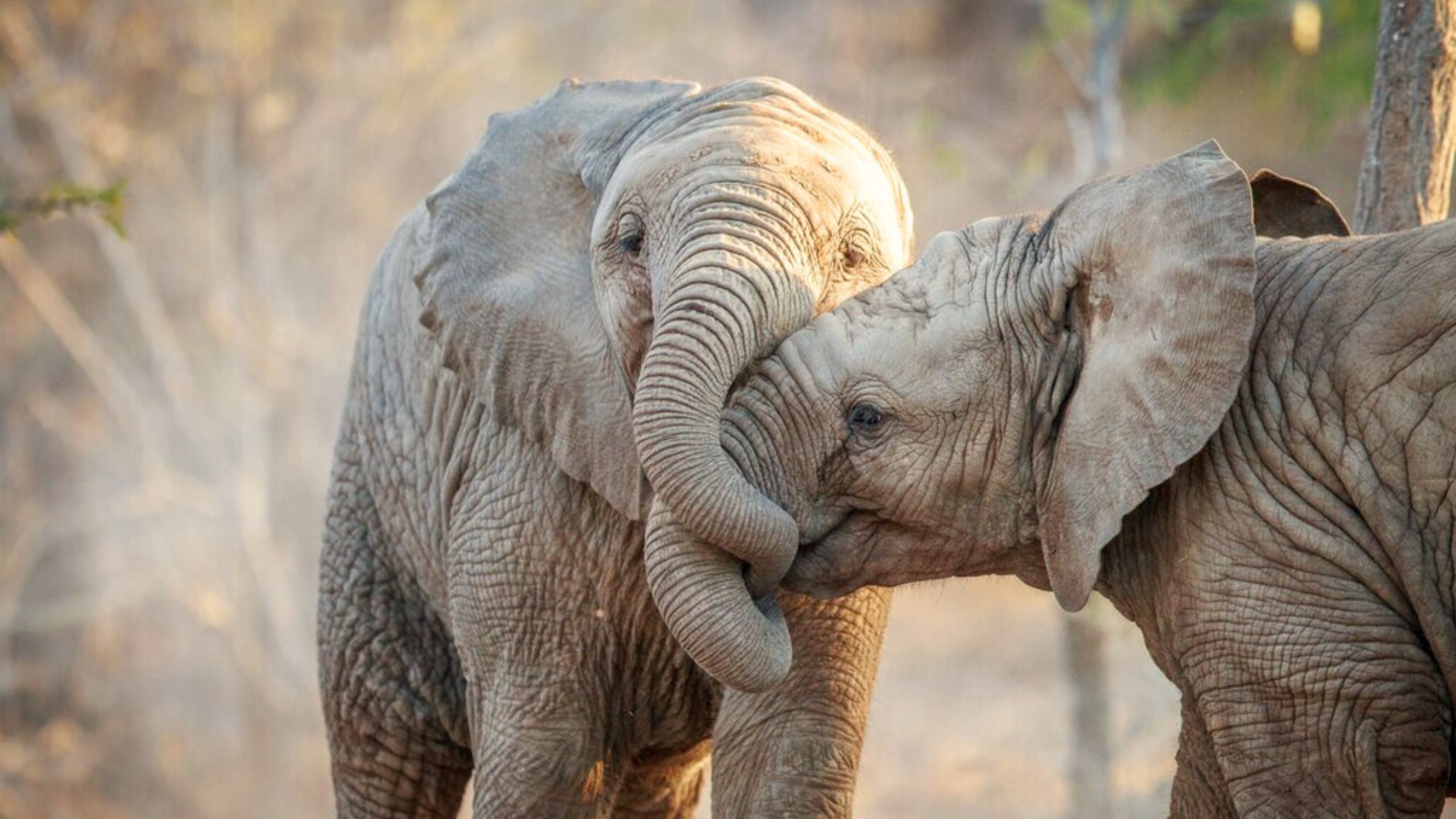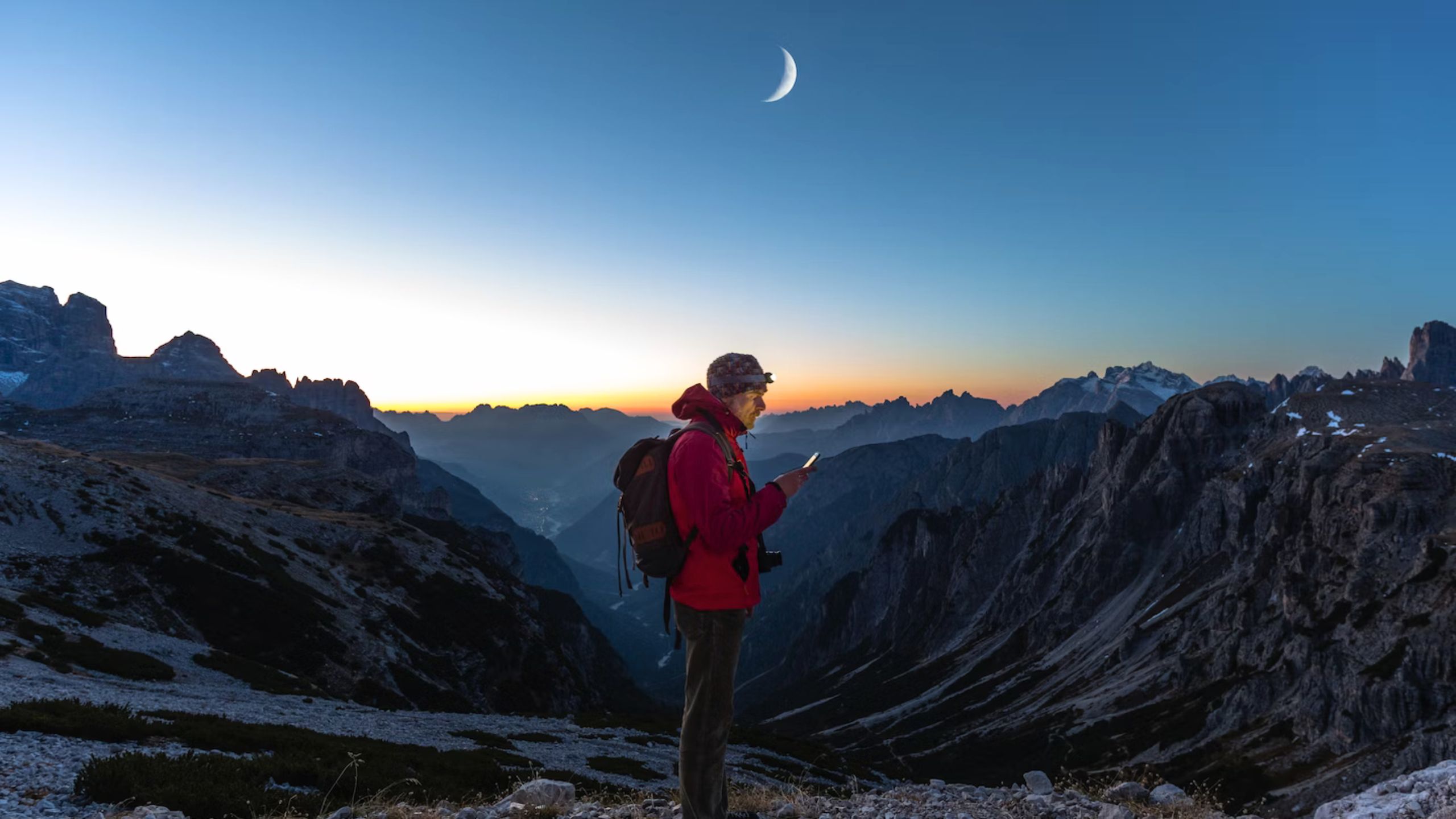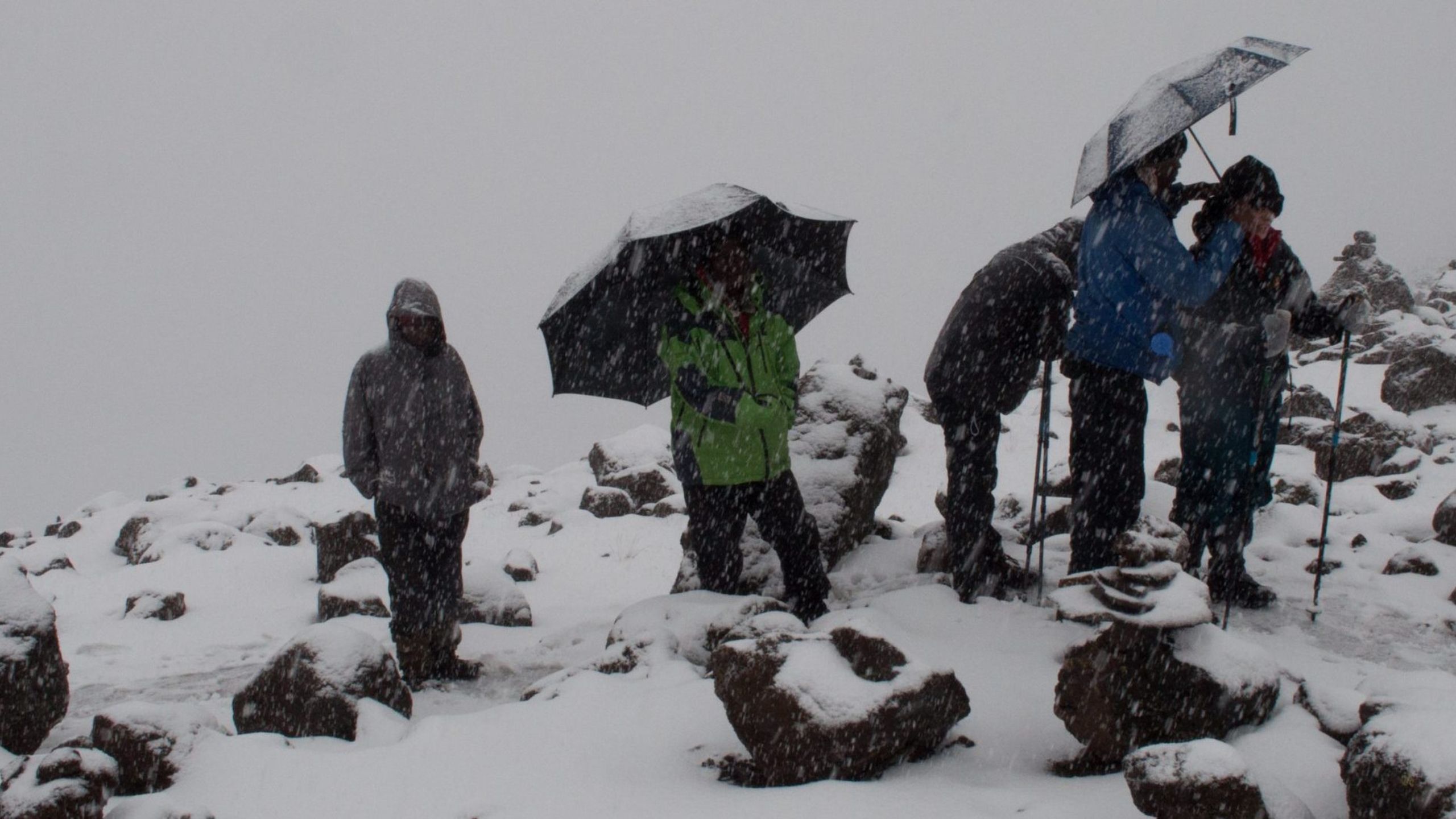Serengeti National Park, located in Tanzania, is one of the most iconic and renowned wildlife destinations in the world. Spanning over 14,750 square kilometers (5,700 square miles) of vast plains, savannahs, and woodlands, the park is a haven for diverse flora and fauna, offering an unparalleled safari experience.
Here is a comprehensive guide to Serengeti National Park, covering its history, geography, wildlife, conservation efforts, tourism activities, and more.
- Serengeti National Park, established in 1951, is a UNESCO World Heritage Site and one of the oldest and largest national parks in Tanzania.
- The name “Serengeti” comes from the Maasai word “Siringet,” meaning “endless plains,” which accurately describes the park’s vast landscapes.
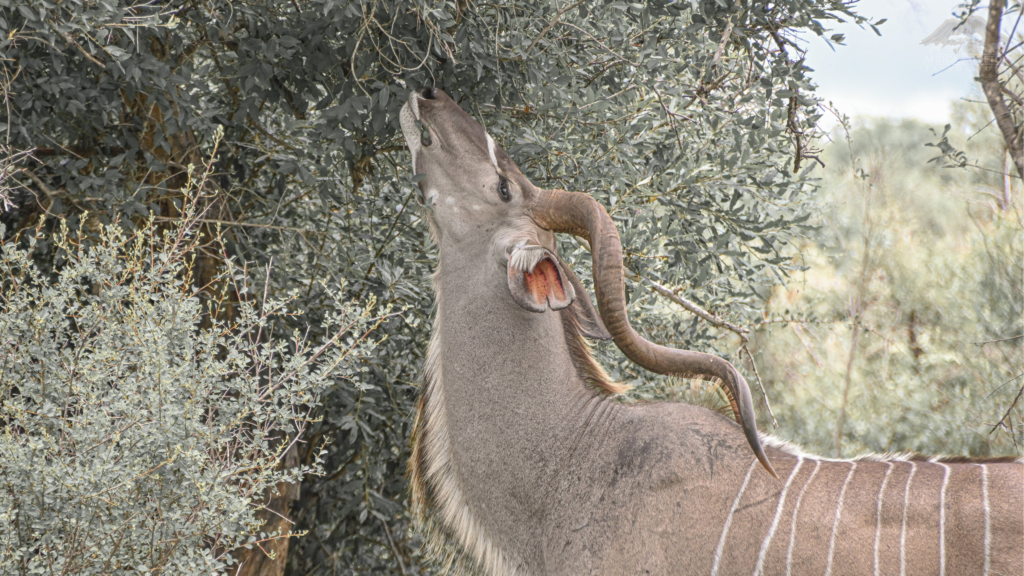
Geography and Climate:
◾️ Serengeti National Park is located in northern Tanzania, extending to southwestern Kenya.
◾️ It encompasses a diverse range of ecosystems, including grassy plains, woodlands, riverine forests, and granite kopjes (rock formations).
◾️ The park is situated on a plateau, with an average elevation of around 1,200 to 1,800 meters (3,900 to 5,900 feet).
◾️ The climate in Serengeti is characterized by wet and dry seasons. The wet season (long rains) typically occurs from March to May, and the dry season (short rains) from June to October.
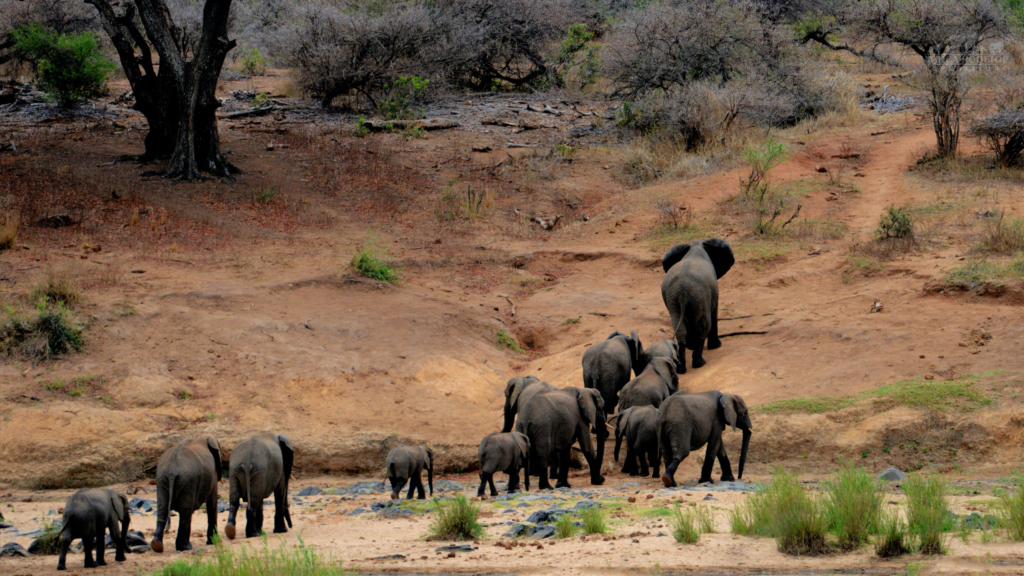
Wildlife:
🐘 Serengeti is renowned for its abundant wildlife, particularly the annual wildebeest migration, often referred to as “The Greatest Show on Earth.”
🐅 The migration involves millions of wildebeest, zebras, and gazelles moving across the Serengeti ecosystem in search of water and greener pastures.
🐦 Apart from the migration, the park is home to the “Big Five” – African elephants, lions, leopards, Cape buffalos, and black rhinoceros (though the rhino population is critically endangered).
🦏 Other notable wildlife species found in Serengeti include cheetahs, giraffes, hyenas, hippos, crocodiles, various antelope species, and over 500 bird species.
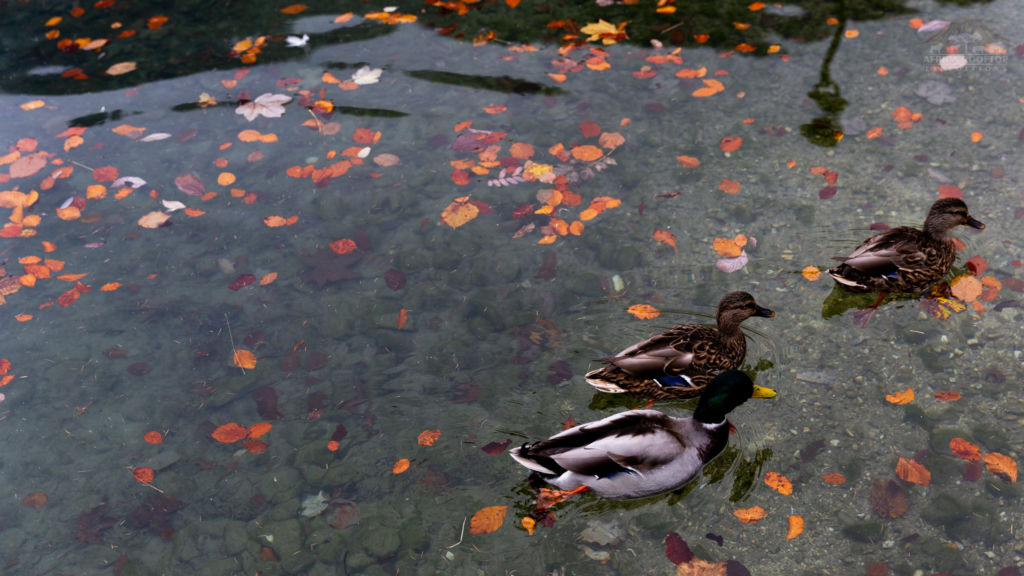
Conservation and Research:
◾️ Serengeti National Park plays a crucial role in wildlife conservation and research.
◾️ The Serengeti ecosystem is protected not only by the national park but also by adjoining game reserves and conservation areas, forming a larger conservation landscape.
◾️ The park is involved in various initiatives and partnerships to combat poaching, preserve habitats, and ensure the long-term survival of its diverse wildlife.
Tourism Activities:
◾️ Safari drives are the primary attraction for visitors to Serengeti. Game drives, either in open vehicles or guided walks, offer excellent opportunities to spot wildlife.
◾️ Hot air balloon safaris provide a unique perspective, allowing tourists to witness the park’s expansive landscapes and wildlife from above.
◾️ Cultural tours to nearby Maasai villages provide insights into the local Maasai culture, traditions, and livelihoods.
◾️ Serengeti offers a range of accommodation options, including lodges, tented camps, and luxury mobile camps, catering to different budgets and preferences.

Popular Regions and Landmarks:
◾️ The Seronera region, located in the park’s central part, is known for its year-round wildlife sightings and serves as a hub for many safari activities.
◾️ The Western Corridor, Grumeti River, and Mara River are key locations for witnessing the wildebeest migration.
◾️ The Ngorongoro Conservation Area, adjacent to Serengeti, is famous for the Ngorongoro Crater, a caldera filled with diverse wildlife and stunning scenery.
Accessibility and Conservation Challenges:
◾️ Serengeti National Park is accessible by road and air. The main entry points are through Arusha and Kilimanjaro airports.
◾️ While tourism provides crucial revenue for conservation efforts, the park faces challenges such as habitat fragmentation, human-wildlife conflict, and illegal activities like poaching.
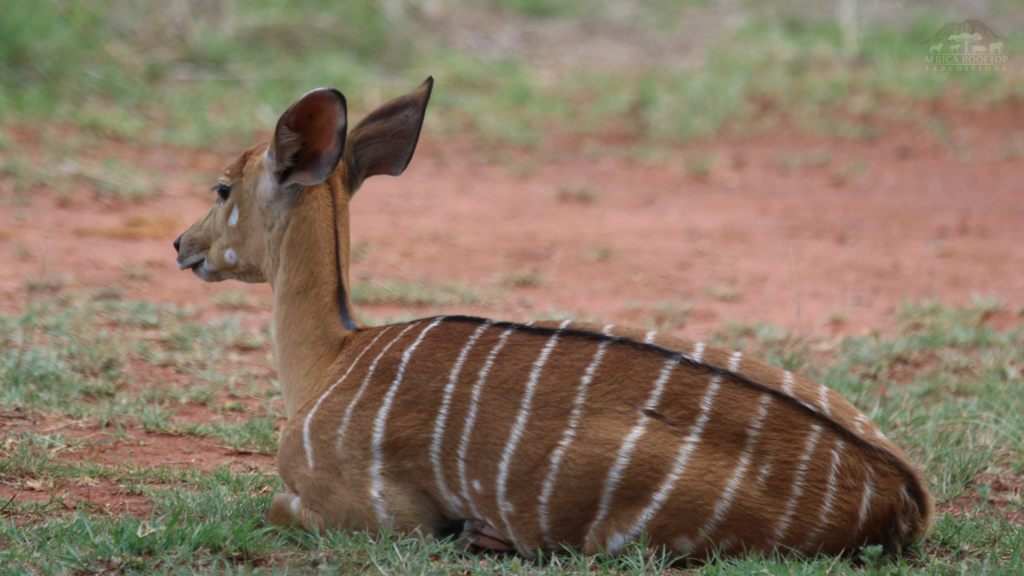
Best Time to Visit:
The best time to visit Serengeti depends on the traveler’s interests. The dry season (June to October) offers excellent wildlife sightings, while the wet season (March to May) provides lush landscapes and the opportunity to witness the wildebeest calving season.
Serengeti National Park stands as a symbol of Africa‘s rich biodiversity and is an unparalleled destination for wildlife enthusiasts and nature lovers. Its stunning landscapes, remarkable wildlife, and ongoing conservation efforts make it an unforgettable safari experience and a must-visit for anyone seeking to explore the wonders of the natural world.
🌍 Unleash Your Adventurous Spirit on an African Safari! 🐘🦁
Ready for a thrilling escape? Dive into the mesmerizing world of African safaris and discover untamed landscapes teeming with exotic wildlife. Click here : Go2AfricaRoofTop to embark on an unforgettable journey where lions roar and elephants trumpet, where giraffes gracefully roam and cheetahs sprint across the golden plains. 📸🌿
Experience heart-pounding moments as you witness predators on the prowl and marvel at the grace of herbivores in their natural habitat. Immerse yourself in the rich tapestry of sights and sounds, from golden sunsets casting a warm glow to the symphony of wildlife echoing through the savannah. 🌅🦒
This is your chance to capture captivating photographs and create memories that will last a lifetime. Don’t miss out on the adventure of a lifetime. Click here : Go2AfricaRoofTop to start planning your African safari today! 🗺️✈️🦁






